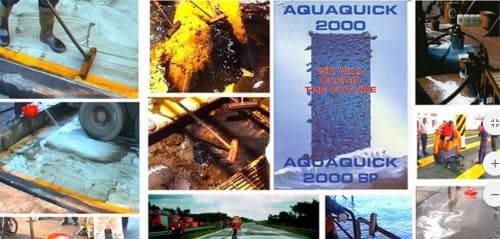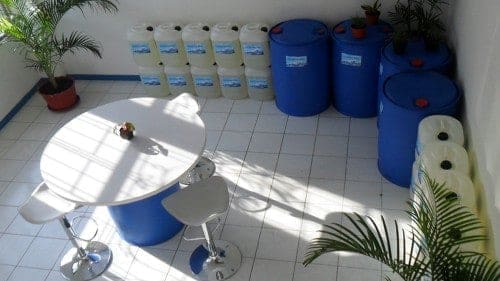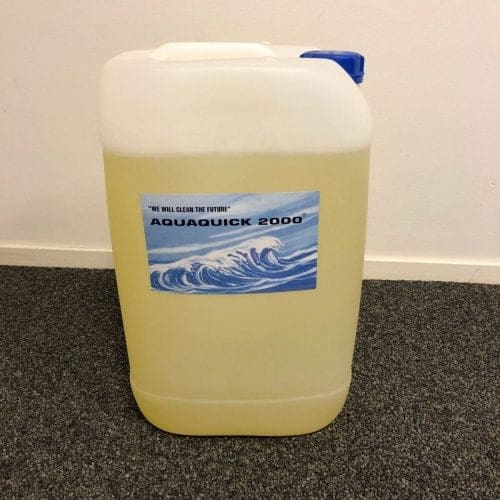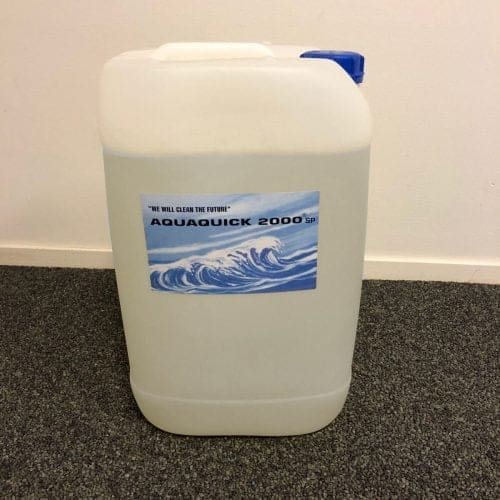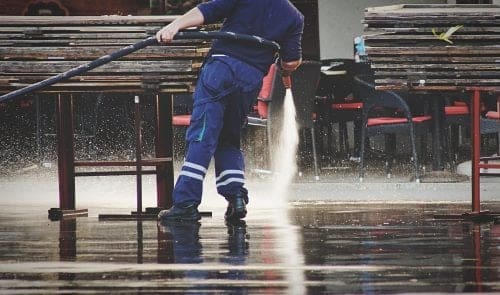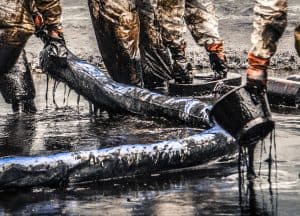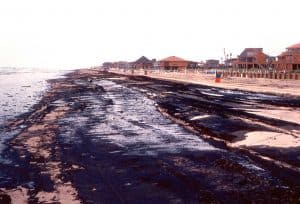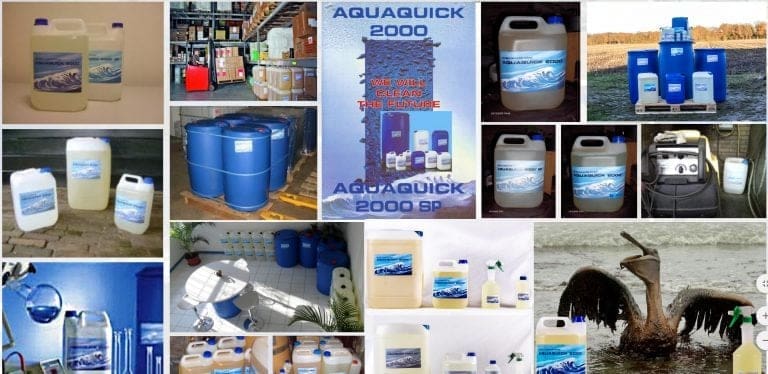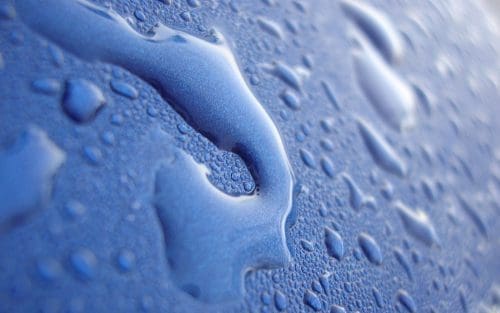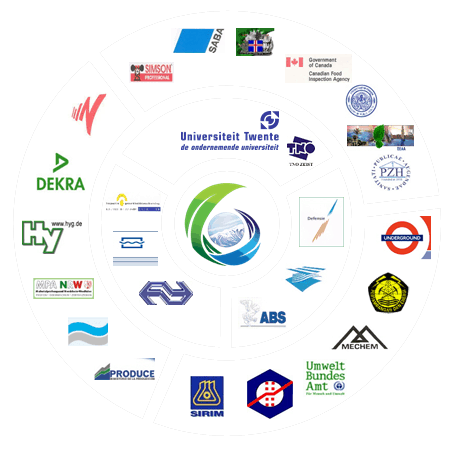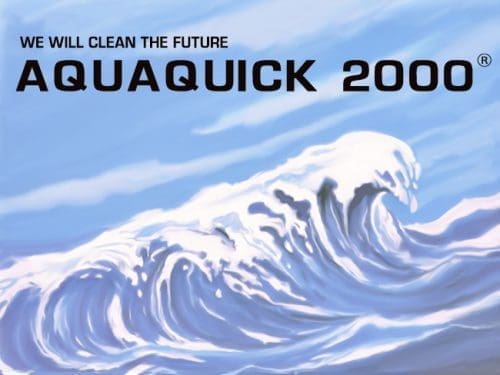Introduction
Maintaining a thriving saltwater aquarium requires more than just selecting beautiful fish and corals; it demands a robust filtration system. Marine tank filtration is the backbone of a healthy aquatic environment, playing a vital role in removing waste, toxins, and impurities from the water. In this guide, we’ll explore the different aspects of marine tank filtration, helping you understand how to keep your saltwater aquarium clean and your marine life flourishing.
Understanding Marine Tank Filtration
What is Marine Tank Filtration?
Marine tank filtration refers to the process of removing physical debris, chemical impurities, and harmful biological waste from the water in a saltwater aquarium. Unlike freshwater tanks, saltwater aquariums host delicate marine organisms that require pristine water conditions. Effective filtration ensures that your aquarium’s water remains clear, balanced, and free from harmful substances that could jeopardize the health of your fish, corals, and invertebrates.
Why is Filtration Important in Marine Tanks?
Filtration is crucial for the survival of marine life in a closed aquarium system. In the ocean, natural processes break down waste and toxins, but in an aquarium, these processes must be replicated through filtration. Proper marine tank filtration:
- Removes Toxic Substances: It helps eliminate harmful chemicals like ammonia, nitrites, and nitrates, which can build up from fish waste, uneaten food, and decaying organic matter.
- Maintains Water Clarity: Filtration systems help keep the water clear by removing particulate matter that can cloud the water and stress the tank inhabitants.
- Supports Biological Balance: Biological filtration fosters the growth of beneficial bacteria that break down toxins, contributing to a stable and healthy environment for your marine life.
Types of Marine Tank Filtration Systems
Understanding the different types of filtration systems available will help you choose the best setup for your marine tank. Most aquariums use a combination of these systems to achieve optimal water quality.
Mechanical Filtration
Mechanical filtration is the first line of defense in a marine tank filtration system. It involves the physical removal of debris, such as uneaten food, fish waste, and other particles, from the water.
- How It Works: Water passes through a filter medium, like a sponge or filter pad, which traps the debris while allowing water to flow through. This prevents large particles from decomposing in the tank and causing water quality issues.
- Common Mechanical Filters:
- Filter Pads: These are easy to replace and come in various densities to trap different sizes of debris.
- Sponges: Durable and reusable, sponges can be rinsed and reused multiple times.
Mechanical filtration is essential for maintaining water clarity, but it must be cleaned regularly to prevent the buildup of trapped debris, which can lead to reduced filtration efficiency.
Biological Filtration
Biological filtration is the cornerstone of a healthy marine tank, as it involves the breakdown of toxic substances by beneficial bacteria.
- How It Works: Biological filtration relies on bacteria that colonize surfaces in the aquarium, such as live rock, bio-media, or filter sponges. These bacteria convert harmful ammonia, produced by fish waste and decaying matter, into nitrites and then into less harmful nitrates.
- Common Biological Filters:
- Live Rock: A natural filter, live rock is porous and provides ample surface area for beneficial bacteria to thrive. It also adds aesthetic value to the tank.
- Bio-Media: Specialized media, like bio-balls or ceramic rings, are designed to maximize surface area for bacterial colonization.
This type of filtration is crucial for maintaining a balanced nitrogen cycle in your tank, preventing toxic ammonia and nitrite spikes that can be deadly to marine life.
Chemical Filtration
Chemical filtration targets dissolved impurities that mechanical and biological filters cannot remove.
- How It Works: Chemical filtration involves the use of media that can absorb or neutralize dissolved substances in the water. For example, activated carbon is commonly used to remove organic compounds, odors, and discoloration.
- Common Chemical Filters:
- Activated Carbon: Absorbs a wide range of organic pollutants, keeping the water clear and odor-free.
- Protein Skimmers: These devices remove organic waste before it breaks down into ammonia and nitrites by creating foam that traps proteins and other organic compounds, which are then removed from the water.
Chemical filtration is particularly useful in controlling algae growth, reducing toxins, and maintaining overall water quality, making it a vital component of a comprehensive marine tank filtration system.
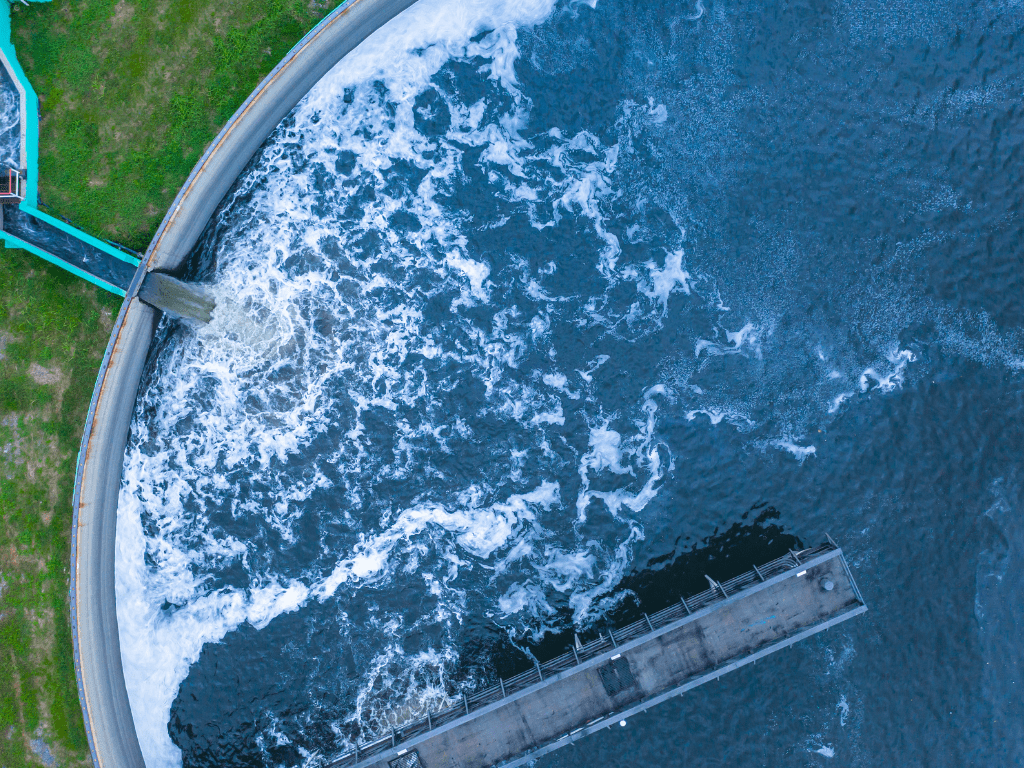
Choosing the Right Filtration System for Your Marine Tank
Selecting the appropriate filtration system for your marine tank is crucial to ensuring the health and longevity of your aquarium’s inhabitants.
Factors to Consider
When choosing a filtration system, consider the following factors:
- Tank Size and Bioload: Larger tanks with more fish and corals require more robust filtration systems. A higher bioload, or the amount of waste produced by the tank’s inhabitants, will necessitate more powerful filtration.
- Types of Marine Life: The species you keep will influence your filtration needs. For example, delicate corals and invertebrates may require cleaner, more stable water conditions.
- Budget and Maintenance Preferences: Some filtration systems are more expensive or require more frequent maintenance. Consider your budget and how much time you’re willing to invest in keeping your filtration system running smoothly.
Combination of Filtration Methods
Using a combination of mechanical, biological, and chemical filtration methods is often the best approach to maintaining optimal water quality.
- Mechanical + Biological: A setup combining filter pads with live rock ensures that both debris and toxins are effectively removed.
- Biological + Chemical: Pairing biological filtration with a protein skimmer can keep the water free of organic waste and maintain a stable environment for sensitive marine life.
Different types of marine tanks may require different filtration setups:
- Reef Tanks: These typically demand high-quality biological filtration and protein skimming to maintain pristine water conditions.
- Fish-Only Tanks: These may rely more on mechanical and chemical filtration, with less emphasis on biological processes.
Setting Up Your Marine Tank Filtration System
Properly setting up your marine tank filtration system is essential to ensure that it functions efficiently. Below, we’ll walk through the steps to install and optimize each type of filtration system in your saltwater aquarium.
Step-by-Step Installation Guide
Mechanical Filtration Setup
- Positioning the Filter: Install the mechanical filter (e.g., filter pad or sponge) in a location where water can flow through it easily, such as in the filter compartment of your tank or within a sump.
- Securing the Filter Media: Ensure the filter media is firmly placed so that water passes through it effectively without bypassing the filter.
- Priming the Filter: For canister or hang-on-back filters, fill the filter with water before turning it on to avoid air bubbles and ensure smooth operation.
Biological Filtration Setup
- Adding Live Rock: Place live rock strategically within your tank, ideally in areas with good water flow to maximize the colonization of beneficial bacteria. Arrange the rocks to create hiding spots for fish and other marine life.
- Incorporating Bio-Media: If using bio-media (e.g., bio-balls or ceramic rings), add them to a dedicated compartment in your filter system or sump. Ensure they are fully submerged to facilitate bacterial growth.
Chemical Filtration Setup
- Installing Activated Carbon: Place activated carbon in a media bag and position it in an area with strong water flow, such as in a filter compartment or within a canister filter. Replace the carbon regularly as it becomes saturated with impurities.
- Setting Up a Protein Skimmer: Attach the protein skimmer to the tank or sump, following the manufacturer’s instructions. Adjust the skimmer’s settings to produce a steady flow of foam that removes organic waste from the water.
Ensuring Proper Water Flow
Adequate water flow is crucial for the effectiveness of your marine tank filtration system. Proper circulation ensures that all areas of the tank receive filtered water, preventing dead spots where debris and toxins can accumulate.
- Positioning Powerheads: Use powerheads to create water movement in areas where natural circulation may be weak. This helps to keep debris suspended in the water column, allowing it to be captured by the filter.
- Adjusting Return Pumps: If using a sump, ensure the return pump is strong enough to circulate water from the sump back into the tank efficiently. Adjust the flow rate to balance the input and output of water.
Testing and Monitoring Water Quality
Regular testing and monitoring are essential to ensure that your filtration system is functioning correctly and maintaining optimal water quality.
- Ammonia, Nitrite, and Nitrate Testing: Use test kits to monitor the levels of ammonia, nitrites, and nitrates in your tank. Elevated levels indicate that your filtration system may need adjustment or maintenance.
- pH and Salinity Checks: Ensure that the pH and salinity levels are stable, as fluctuations can stress marine life and disrupt the effectiveness of your filtration system.
- Routine Water Changes: Perform regular water changes to dilute any accumulated toxins and refresh the tank’s water. This also helps to maintain the balance of trace elements and minerals.
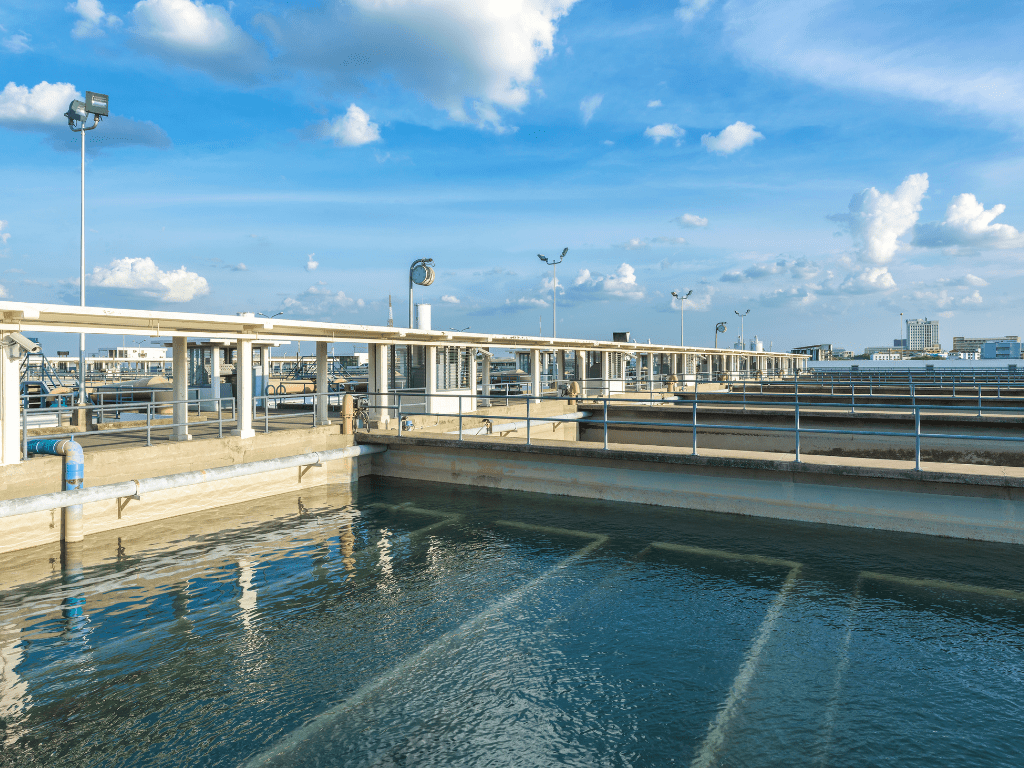
Maintaining Your Marine Tank Filtration System
Maintaining your marine tank filtration system is key to its long-term effectiveness. Regular maintenance tasks will ensure that your system continues to provide a healthy environment for your marine life.
Routine Maintenance Tasks
- Cleaning Filter Media: Mechanical filter media, such as sponges and filter pads, should be cleaned or replaced regularly. Rinse them in tank water during water changes to avoid killing beneficial bacteria.
- Replacing Chemical Media: Replace activated carbon and other chemical media according to the manufacturer’s guidelines, usually every 4-6 weeks. This ensures that they continue to absorb impurities effectively.
- Inspecting the Skimmer: Check the protein skimmer for any blockages or wear. Clean the collection cup and adjust the skimmer’s settings as needed to maintain optimal foam production.
Troubleshooting Common Filtration Issues
Even with regular maintenance, you may encounter issues with your marine tank filtration system. Here’s how to address some common problems:
- Clogged Filters: If your mechanical filter becomes clogged, reduce the amount of debris entering the filter by feeding your fish less or increasing the frequency of cleaning. Ensure that the filter media is properly seated and not bypassed by water flow.
- Inadequate Water Flow: If water flow is weak, check for blockages in the filter or pump. Clean or replace any clogged parts, and consider upgrading your pump if necessary.
- Poor Water Quality: If water quality is deteriorating despite filtration, perform a larger water change and check all components of your filtration system for functionality. It may be time to replace worn-out filter media or upgrade your system.
Upgrading or Modifying Your Filtration System
As your marine tank evolves, you may need to upgrade or modify your filtration system to keep up with the demands of your growing marine life.
- Increasing Filtration Capacity: If your tank’s bioload increases, consider adding more live rock, bio-media, or a larger protein skimmer to enhance biological and chemical filtration.
- Adding a Refugium: A refugium can provide additional biological filtration by cultivating beneficial algae and microfauna. It also helps in maintaining stable water parameters.
- Improving Mechanical Filtration: Upgrade to finer filter pads or add additional layers of mechanical filtration to capture smaller particles and improve water clarity.
Advanced Filtration Techniques
For those looking to optimize their marine tank filtration, advanced techniques can provide additional benefits and enhance water quality.
Protein Skimming
Protein skimming is a powerful method of removing organic waste from your marine tank, preventing it from breaking down into harmful compounds.
- How Protein Skimmers Work: Protein skimmers generate a column of bubbles that trap organic waste particles. These particles are then collected in a cup that can be easily emptied. Skimmers are particularly effective at removing dissolved organic compounds that other filters might miss.
- Benefits of Protein Skimming: Using a protein skimmer reduces the load on your biological and chemical filtration systems, helps prevent algae blooms, and maintains clearer water.
Refugiums and Sumps
Adding a refugium or sump to your marine tank can significantly enhance filtration and overall water quality.
- Refugiums: A refugium is a separate section of the tank, often connected to the sump, where beneficial macroalgae and microorganisms can thrive. These organisms help to absorb excess nutrients, reducing the risk of algae outbreaks in the main display tank.
- Sumps: A sump is an additional tank located below the main display tank that houses filtration equipment like protein skimmers, heaters, and additional live rock. It increases water volume, improving stability and allowing for more comprehensive filtration.
UV Sterilizers
UV sterilizers are an advanced filtration option that can help control algae and pathogens in your marine tank.
- How UV Sterilizers Work: UV sterilizers use ultraviolet light to kill free-floating algae, bacteria, and parasites in the water. As water passes through the sterilizer, harmful microorganisms are exposed to UV light, rendering them harmless.
- Benefits of UV Sterilization: UV sterilizers are effective at preventing the spread of disease and controlling green water caused by algae blooms. They are especially useful in tanks with high bioloads or those prone to disease outbreaks.
AQUAQUICK for Enhanced Filtration
AQUAQUICK is a versatile product designed to enhance the effectiveness of your marine tank filtration system.
- How AQUAQUICK Works: AQUAQUICK aids in breaking down organic waste, making it easier for your filtration system to remove impurities from the water. It also helps in maintaining water clarity and reducing toxic ammonia levels, providing a safer environment for your marine life.
- Benefits of Using AQUAQUICK: Incorporating AQUAQUICK into your filtration routine can reduce the need for frequent water changes and prolong the life of your filtration media. It’s particularly effective in tanks with high bioloads or those experiencing water quality issues.
Conclusion
Marine tank filtration is a complex but essential component of maintaining a healthy saltwater aquarium. By understanding the different types of filtration, choosing the right system, and maintaining it properly, you can ensure a thriving environment for your marine life. Whether you’re a beginner or an experienced aquarist, investing time in learning about marine tank filtration will pay off with a beautiful and stable aquarium that you can enjoy for years to come.

